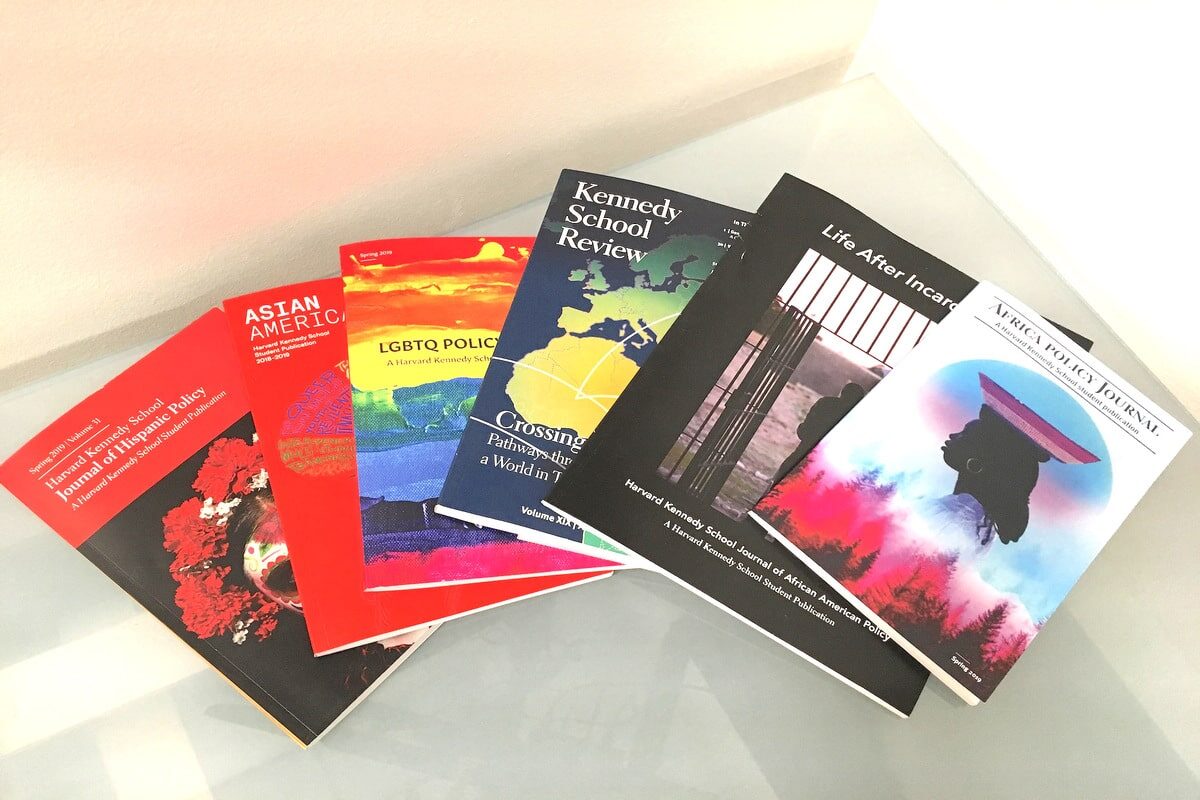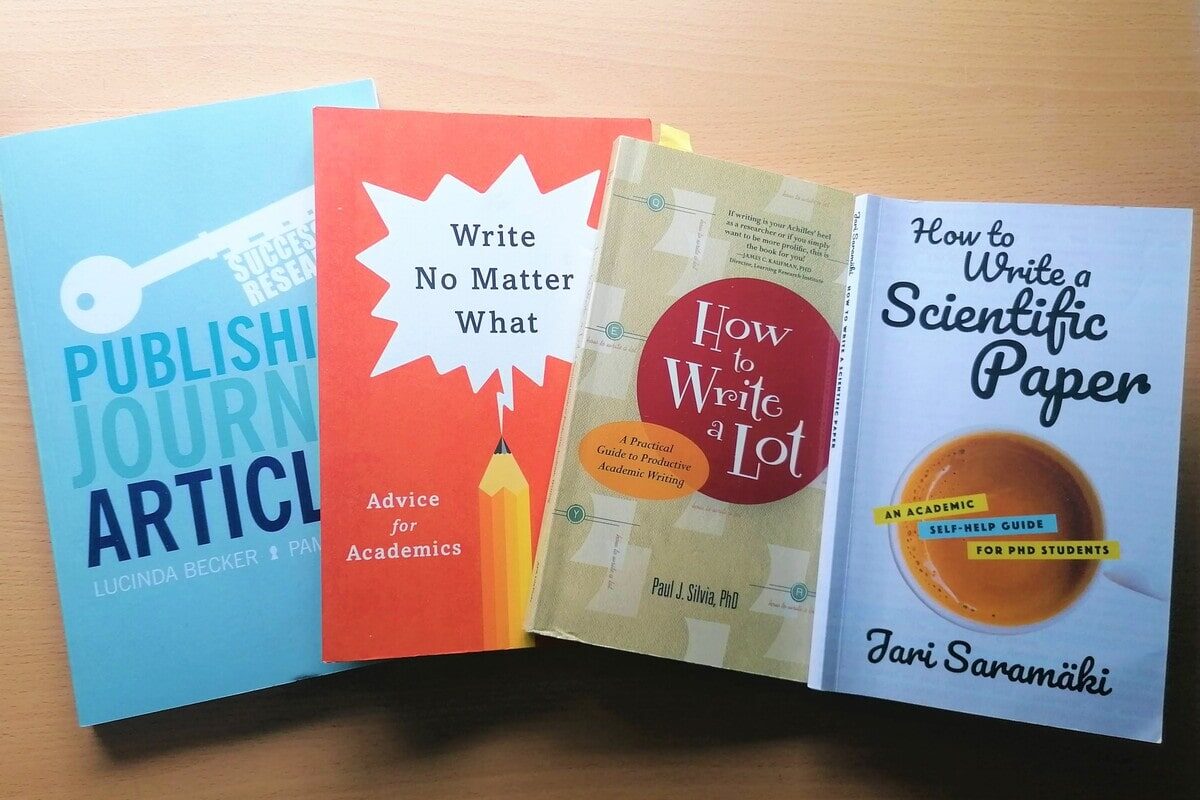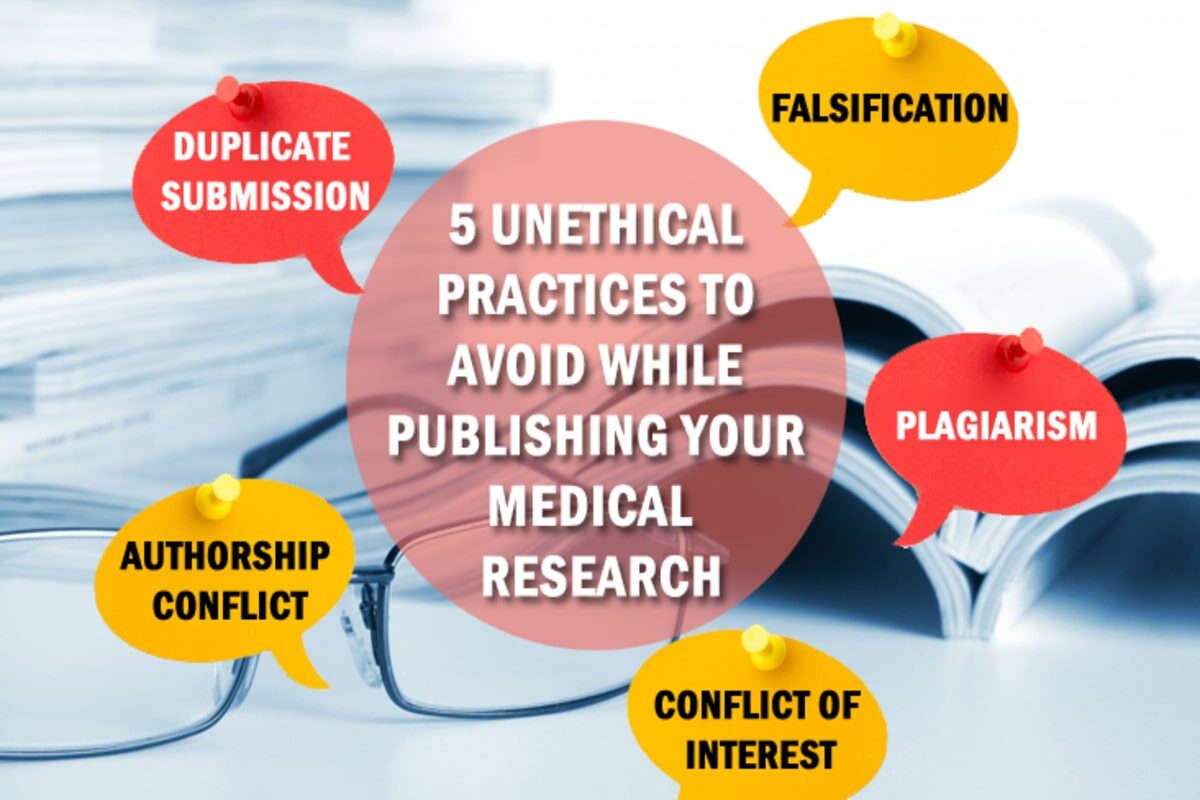Introduction
The Good Publication Practice guidelines aim to bring transparency and authenticity to the data that is published in company-sponsored medical research. The guidelines provide the roadmap for ethical publication and to incorporate all the data which is required for evolving further research. The guidelines manage the publications that occur in scientific peer-reviewed journals as well as the presentation of posters in conferences and seminars.
Good Publication Practice Guidelines
The Good Publication Practice Guidelines provide recommendations about the publications of research studies that are sponsored by the pharmaceutical, biotechnological, and diagnostic companies. These guidelines are important, keeping in mind the very fact that such publications need to have a high standard of ethics and transparency. Many such publications show a path for future research. Any data fabrication or hiding of data may affect further research and harm the overall healthcare system. Following are some of the important aspects incorporated in Good Publication Practice Guidelines.
Completeness: The research paper should contain all the data related to the study. The publication should contain both positive and negative findings. The study should also be published regardless of whether the drug under the study is investigational, is approved or licensed, or withdrawn from the market.
Regulatory laws: The sponsors and researchers should follow all the relevant regulatory laws in the geographical area where the study is conducted. The study should also follow the guidelines of the food and drug administration department, such as USFDA in the USA, UKMHRA in the United Kingdom, and CDSCO in India.
Ethical guidelines: Maintaining ethical standards are essential while conducting a research study. The study should follow ethical guidelines at all times during the study. The author and sponsor should avoid duplicate publication i.e., publishing in more than one peer-reviewed journal.
Collaboration: A collaboration should be present between all the authors and contributors. The research study should reflect the collaborative efforts of all the people involved in the study. These may include statisticians, clinicians, professional medical writers, and researchers.
Roles and responsibilities: The sponsors should fix the roles and responsibilities of each contributor through a written agreement. The sponsor should define the role before the process of research writing starts. The agreement should include resolving any differences in data interpretation through scientific discussion.
Access: Data is important while writing the research paper. The sponsor should ensure that the author has access to complete and correct data. The agreement between the author and sponsor should disclose the publication process and role of the sponsor in reviewing the publication. Inform the author in advance about the assistance during the publication process. The sponsor or the research organization may remove confidential data related to the patient if required.
Responsibility and accountability: The authors should take responsibility and are accountable for the accuracy and presentation of data. The authors should be the sole authority to provide final approval for publication. The agreement between authors and sponsors should uphold the rights of authors in publishing accurate data without any hindrance from the sponsors.
Name of the contributors: The publication should contain the name of each author who contributes to the publication of the research paper. It is important to mention the level of contribution of each contributor, such as medical writer or statistician, to avoid any ambiguity.
Sponsor details: The publication clearly mentions the sponsor detail. The publication and presentation should also contain the role of the sponsor in funding, analysis, and execution of the research.
Conflict of interest: Disclosing the conflict of interest in the publication increases its authenticity. The authors and the contributors should clearly state if there is any conflict of interest. The publication should also mention the name of an individual or organization who has any vested interest in the findings of the research.
Trial registration: The registration of the trial with the appropriate authority adds value to the research study. It signifies that all the regulatory laws and ethics are followed while conducting the study. Some reputed journals do not publish the original research articles without trial registration.
Plagiarism: The authors should avoid any plagiarism. They should ensure that the publication is their original work. However, if there is any need to incorporate the copied material, the author should take due permission and properly acknowledge the original writer.
Hiring a professional medical writer: Professional medical writers are experts in writing the manuscript. The medical writers assist the authors in writing the medical manuscript completely, accurately, and on time. They are of great help in cases where the authors have limited knowledge about the presentation of data and other publication requirements.
Conclusion
The Good Publications Guidelines pose various requirements for both the authors and the sponsors. These requirements include complete and accurate data presentation, trial registration, responsibility and accountability of authors, acknowledgement of authors, and details of sponsors.



